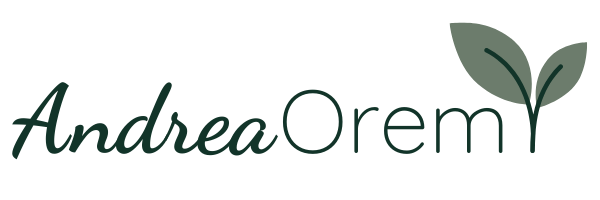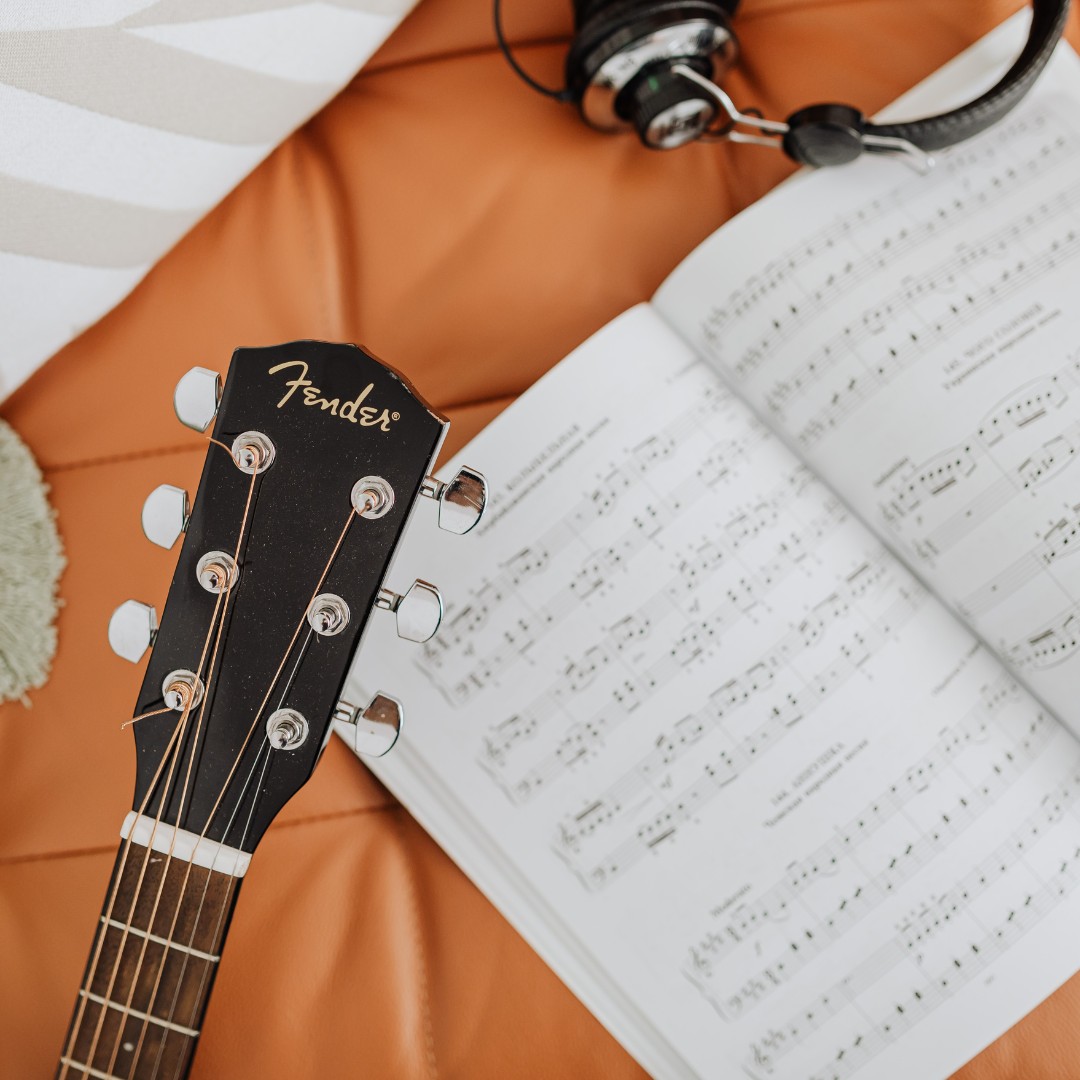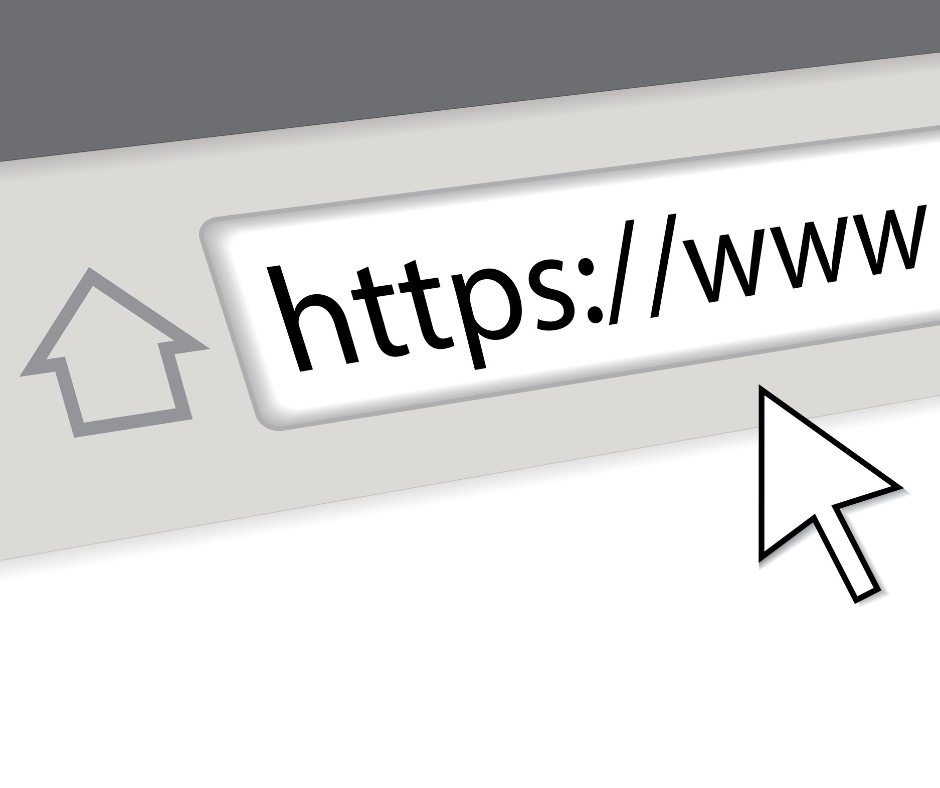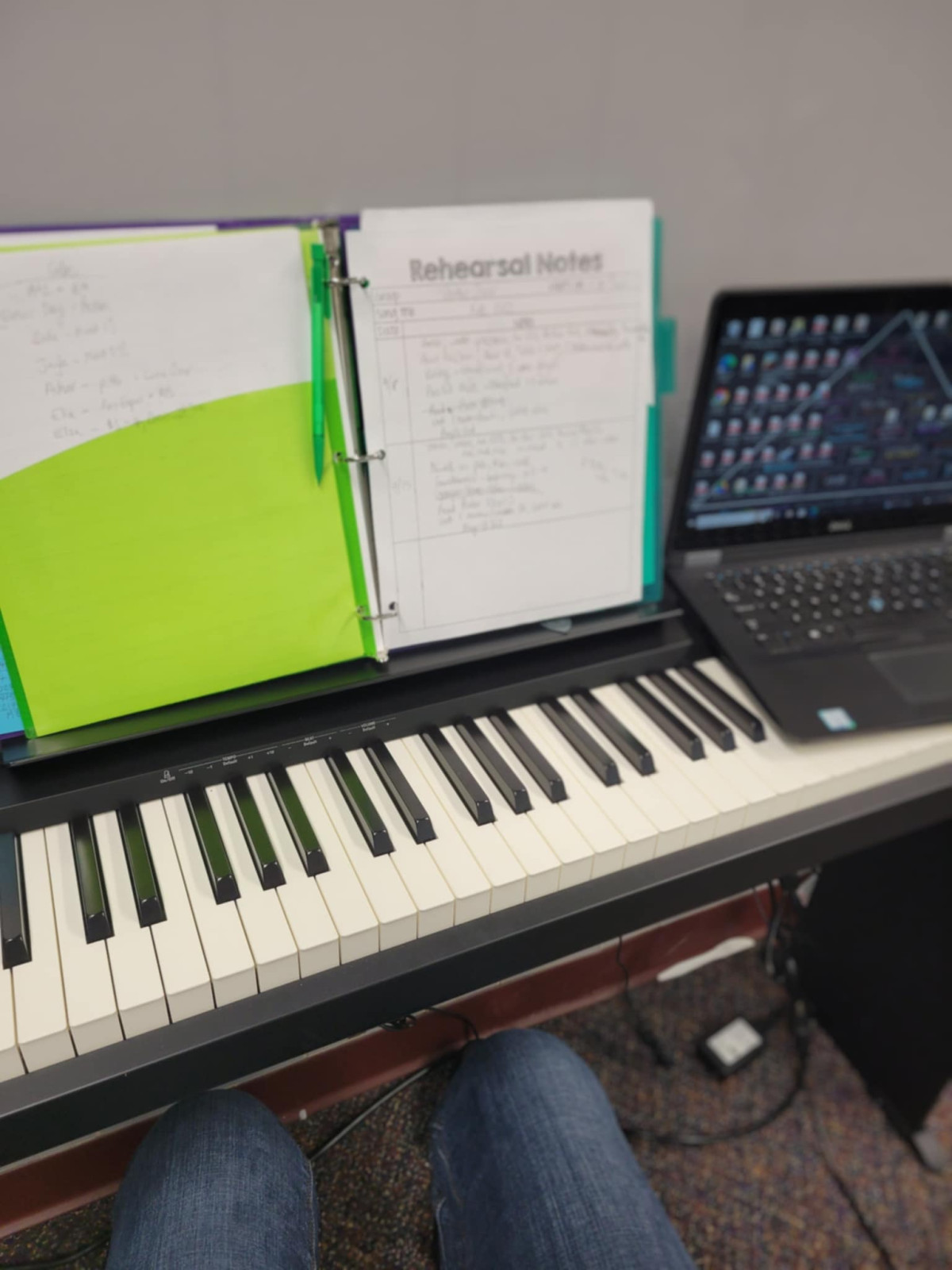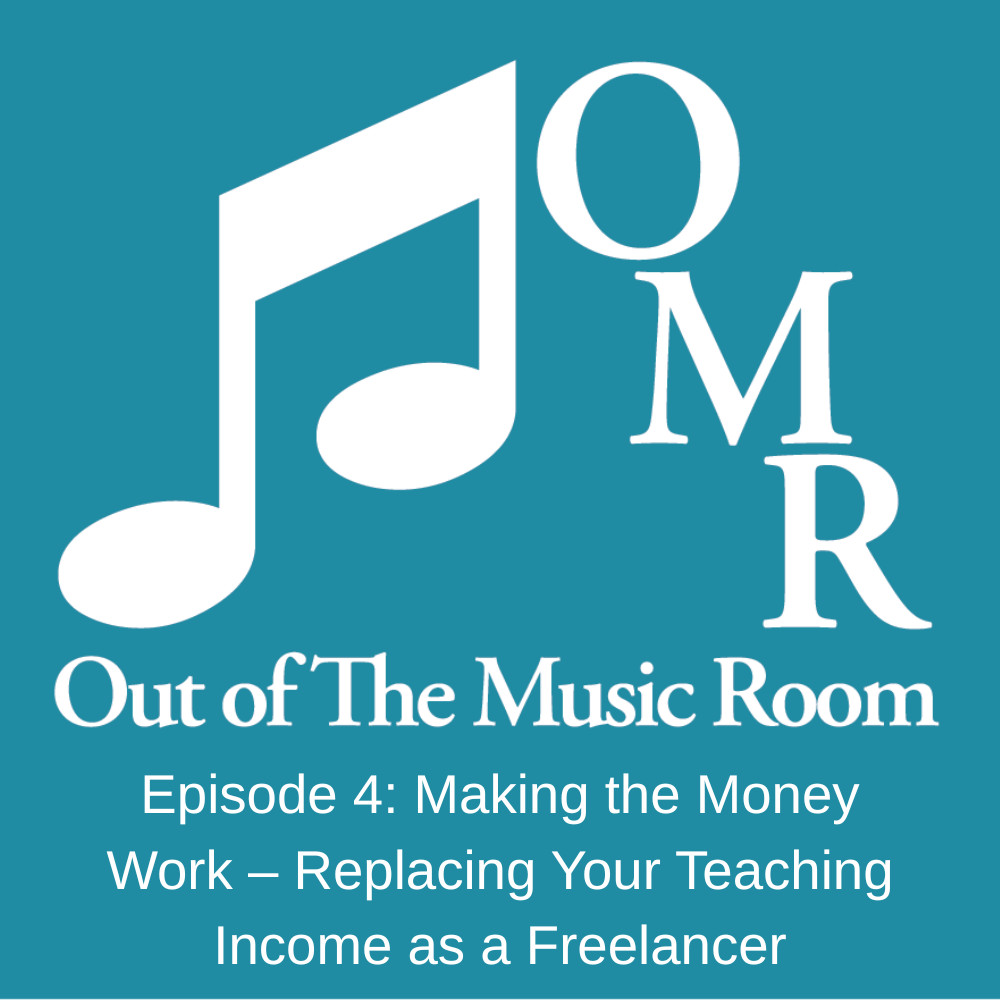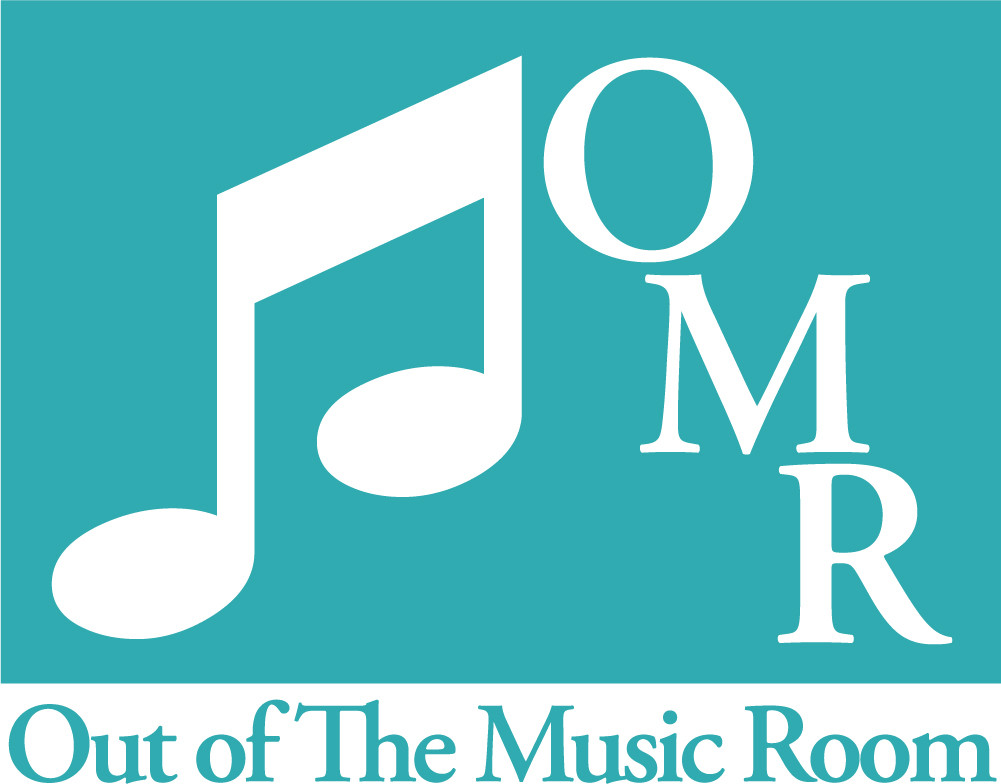
Yes.
Long answer?
Absolutely—but you’ve gotta get strategic.
If you’ve ever considered deleting your Instagram account mid-scroll or felt a tiny bit resentful of having to dance, post, or film your life just to get students... you are not alone.
You don’t need to be everywhere online to build a thriving business.
Why this myth is so loud in our industry
We were trained to teach.
Hoping someone notices
Spinning our wheels trying to stay “visible”
So what does work if I’m not using social media?
✔️ Email marketing (yep!)
You don’t need a giant list—just the right people and a clear message.
✔️ Local SEO (Google-friendly content)
✔️ Local connections + word of mouth
Coffee shop flyers, community boards, PTA connections, partnerships with local schools or homeschool co-ops… golden.
✔️ Free value-packed content
Not to go “viral,” but to build trust.
And when those resources are paired with a smart CTA to join your email list? Boom. You’ve got a system.
You don’t need more followers—you need more focus.
More connection.
I help music teachers build exactly that kind of business.
Strategic. Sustainable. Soulful.
Ready to find your local edge?
It’ll show you how to spot opportunity gaps, position your business in your community, and grow without posting on every platform.
You're building a business.
And you get to do it in a way that actually works for your life.

- Talking (a lot)
- Demonstrating (over and over again)
- Conducting, singing, cueing, correcting
- Trying to maintain posture, presence, and patience
- …often while clenching your jaw and smiling through the stress
Maybe your head, too. Or your ears. Or your neck.
Sound familiar?
Why Music Teachers Are Prone to TMJ Dysfunction
My Story (In Case We Haven’t Met Yet)
What Helped Me (And What I Created to Help You)
- What’s really causing your jaw tension
- Simple changes you can make in just a few minutes a day
- How to break the cycle of pain so you can keep doing what you love
- How to build strength and mobility that lasts (without overwhelm)
You Deserve to Feel Good—In and Out of the Classroom
Now it’s time to pour into you.
Check out TMJ Strong.
It might just be the thing your future self will thank you for.

You’ve been showing up on Instagram. You’re posting about your lessons. You’re even trying those little trending audios where you point at text boxes and lip sync (major kudos if you actually enjoy those 😅).
“Maybe I’m just not cut out for this…”
“What am I missing?”
“Why is this working for other teachers but not me?”
The truth they don’t tell you about going freelance.
Bills. Doubts. The pressure to “build a brand.”
The fear of giving up a steady paycheck for something that might not work.
We start posting online.
We try to “build an audience.”
We hope the students will come.
❌ Followers are not the same as leads.
You can have a viral post and still no paid bookings.
Because visibility ≠ viability.
But email marketing is where real connection—and real business—happens.
Wait… do I really need email marketing?
If you’re dreaming of digital offers, group programs, local partnerships, creative freedom and real income... then yes.
It’s your direct line to the people who care about what you offer and are ready to go deeper.
- It’s personal. You’re showing up in their inbox, not buried in a feed based on an arbitrary algorithm.
- It’s intentional. You can guide people through a journey, not just hope they happen to see your next post.
- It converts. Like, way more than social. (Some stats say 6x higher. I believe it.)
So… what should I send?
- A weekly tip or encouragement
- A behind-the-scenes story from your teaching or biz-building life
- Student wins or testimonials
- Updates on offers, workshops, new resources
- Sneak peeks & early release offers
- Free content with a clear Call To Action (even if that CTA is “come hang out with me!”)
But what if I’m still not getting bites?
Who exactly are you trying to help?
What do they actually need?
How do you solve that problem better than anyone else?
Suddenly, people start saying things like: “It’s like you’re inside my head.”
Final thoughts from someone who's been there...
You’re building a business.
A business that reflects who you are and how you love to serve.
A business that doesn’t rely on algorithms or burnout to grow.

You don’t need to go viral to grow a successful business.
You just need to show up where your people are already looking.
So… what is local SEO?
- “Voice teacher near me”
- “Piano lessons in [your city]”
- “Violin lessons for beginners [zip code]”
- “Music classes for kids [town name]”
Why this matters especially for freelance teachers:
- A clear, search-friendly homepage or website that actually converts
- A Google Business profile with current info, photos, and reviews
- A few blog posts or pages that use phrases people are actually typing into Google
Want help figuring out how you stack up locally?
📍 The Local Market Analysis Report for Music Teachers
You need to be easier to find by the people who already want what you offer.

You're posting to Instagram or Facebook.
You’re offering lessons, group classes, or courses…
But it feels like no one’s actually listening. (Cue crickets)
It’s not always about how often you're posting or which platform you’re on.
It might be that you’re not speaking clearly to the right person.
Why Knowing Your Ideal Student (or Parent!) Changes Everything
Your posts feel flat.
Your emails feel awkward.
And your audience? Confused.
- You're writing content that even you wouldn’t stop to read
- You’re getting inquiries from people who don’t really fit your vibe (or budget)
- You feel stuck every time you sit down to make content
- Your offers don’t sell like you hoped
- And you’re constantly second-guessing your messaging
Your message lands.
Your offers click.
The right people start finding you (and saying YES).
Not Sure Who Your Ideal Client Is? Here’s How That Might Show Up:
- You’re posting regularly… but engagement is low
- You’re getting questions that don’t match what you actually offer
- You struggle to explain what you do and who it's for
- You're getting inquiries from people who aren’t ready, aren’t a fit, or just want a discount
- You're tweaking your messaging over and over… and still feel like it's off
You just need a bit of clarity. And I’ve got you. 💛
How to Fix It (Without a 47-Page Worksheet!)
1. Who do I love teaching — and why?
What were they like?
What did they care about?
Why did working with them light you up?
2. What are they struggling with before they find me?
3. What outcome are they hoping for?
Speak to the transformation:
More confidence
A love of music
Better focus
A teacher who gets their child
When You Know Who You’re Talking To, Everything Gets Easier:
✅ Your offers resonate
✅ Your students (and their parents) feel connected before they even hit "inquire"
✅ And best of all—you feel confident sharing your work
You’ll start attracting students who are truly a great fit—and who are thrilled to pay for the transformation you provide.
Want Help Defining Your Ideal Student (Without Spinning Your Wheels)?
You need a plug-and-play guide that actually makes sense for music teachers building businesses on their terms.
It’ll help you:
- Get crystal-clear on who your perfect-fit student (or parent) really is
- Understand what they’re looking for and how to speak their language
- Create messaging that clicks—so your website, posts, and emails actually work
- Build the foundation for marketing that feels focused, not frantic
It’s your first step to building a business that feels aligned, sustainable, and so much lighter.
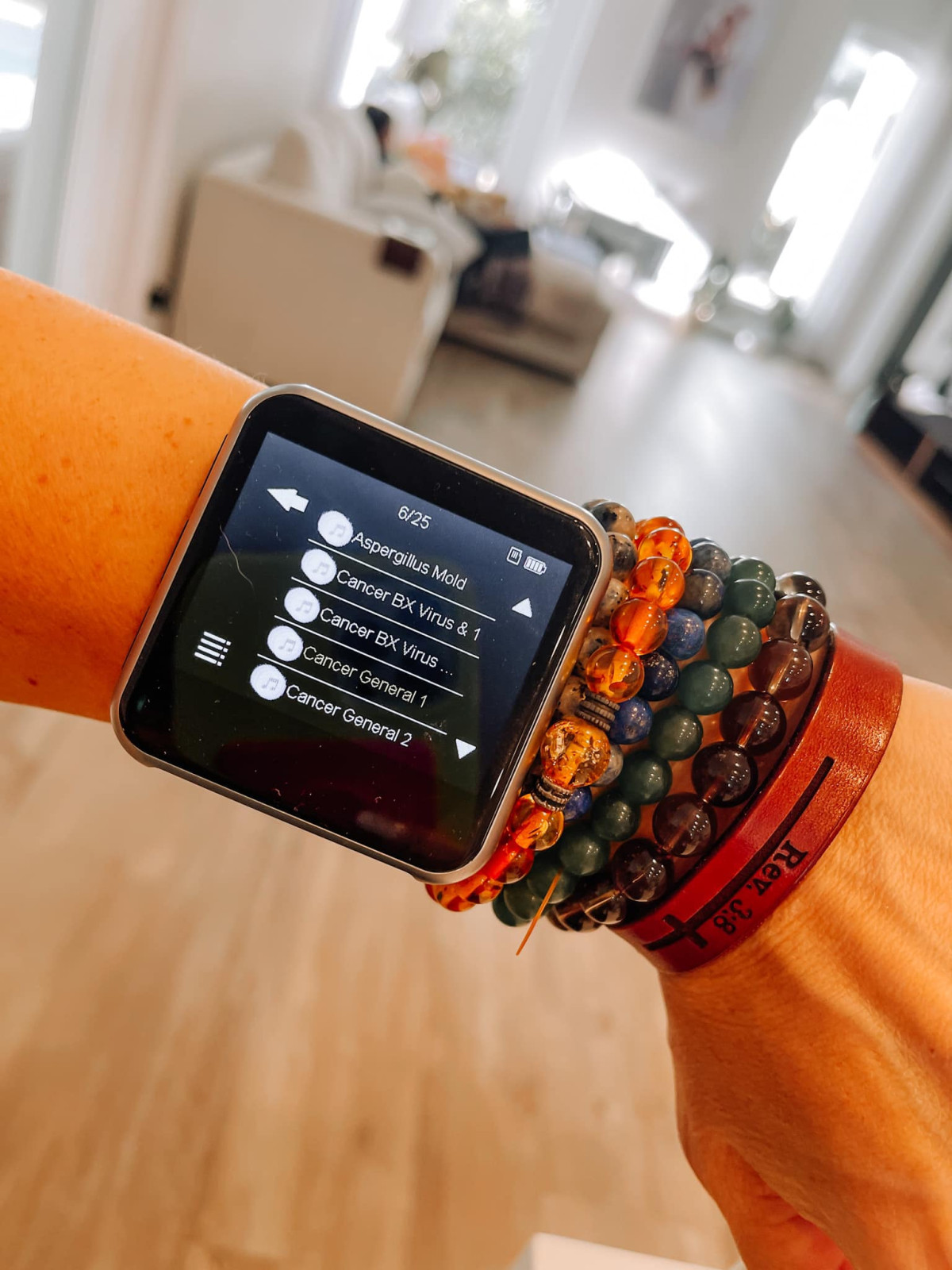
Staying Healthy at the Start of the School Year
Personalized Frequency Benefits for Educators
- Morning Energy Boost: Use the "System Boost" frequency before school to increase alertness and productivity.
- Lunchtime Relaxation: Apply the "Relaxation" frequency during breaks to reset and recharge.
- After-School Stress Relief: Utilize the "Stress" frequency to unwind after a long day of teaching.
- Evening Wind-Down: Employ the "Better Sleep" frequency to improve sleep quality and prepare for the next day.
User-Friendly Design for Busy Teachers
Enhancing Mental and Emotional Well-Being
- Pre-Meeting Calm: Use the "Mental Clarity" frequency before parent-teacher conferences or staff meetings.
- Emotional Balance: Apply the "Emotions" frequency when dealing with challenging student behaviors.
- Focus Enhancement: Utilize the "Improved Focus" setting while creating lesson plans or grading assignments.
Cost-Effective Solution for Educators
Practical Integration into Teaching Routines
- Classroom Management: Use the "Balance" frequency to maintain composure during hectic classroom moments.
- Professional Development: Apply the "Mental Clarity" setting during workshops or training sessions to enhance learning and retention.
- Collaborative Planning: Utilize the "Improved Focus" frequency during team meetings to boost productivity and creativity.
- Self-Care Breaks: Employ the "Relaxation" or "Detox" frequencies during short breaks between classes to rejuvenate quickly.
Supporting Physical Health
- Voice Strain Relief: Use the device's frequencies to support vocal cord recovery after long periods of speaking.
- Posture Improvement: Apply specific frequencies to alleviate discomfort from prolonged standing or sitting.
- Immune System Support: Utilize the "System Boost" frequency to help maintain overall health during cold and flu season.

The Role of Community: Building a Support System for Music Educator Moms
1. Connect with Fellow Music Educator Moms:
2. Create a Collaborative Learning Environment:
3. Organize Supportive Playgroups for Children:
4. Attend Professional Development Workshops Together:
5. Establish a Virtual Support Network:

How to Set Boundaries and Avoid Burnout in Your Freelance Teaching Journey
1. Define Your Priorities:
2. Establish Clear Work Hours:
3. Delegate and Seek Support:
4. Prioritize Self-Care:
5. Set Up Systems for Success:
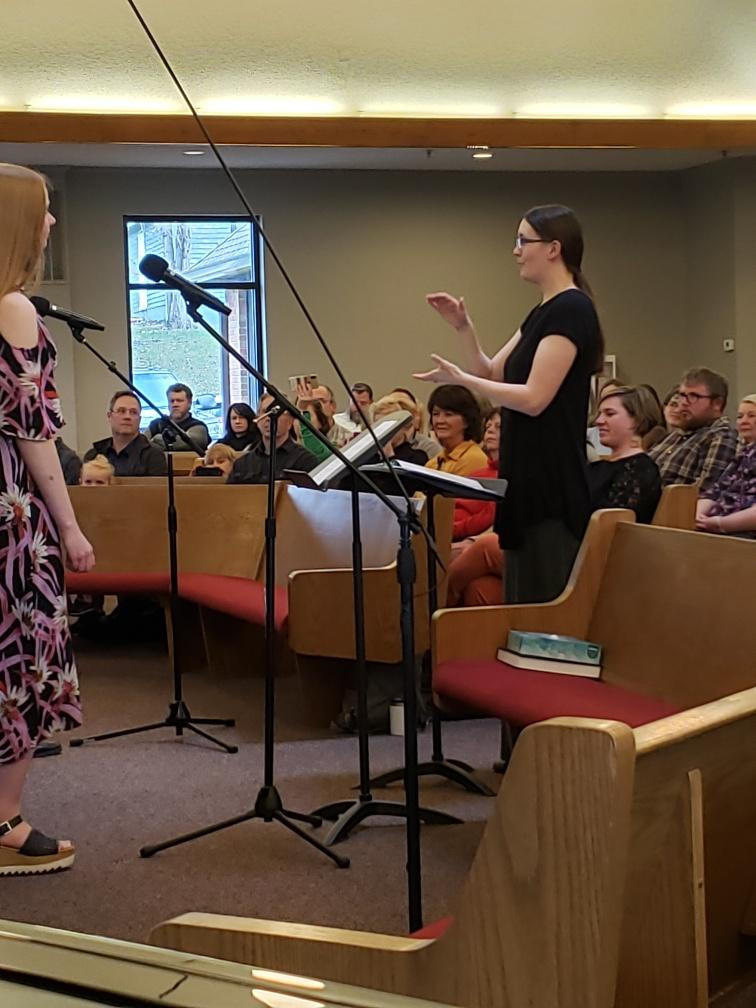
- Are you referring to having no music degree or to having any undergraduate degree?
- What setting are you wanting to teach in?
- What kind of music are you wanting to teach?
- What time of day are you wanting to teach?
- What type of students are you wanting to teach?
- What background knowledge to do already have as credentials?
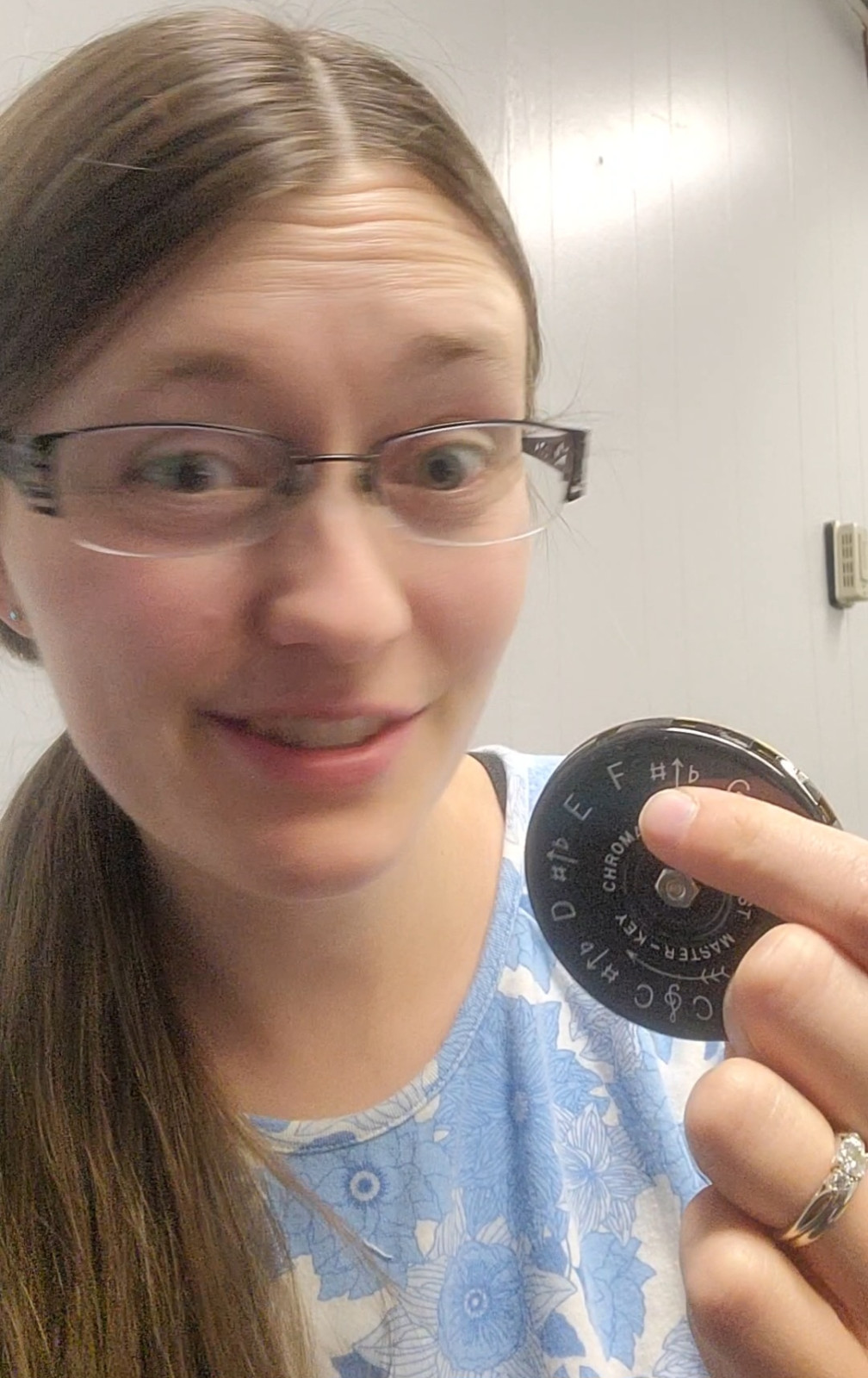
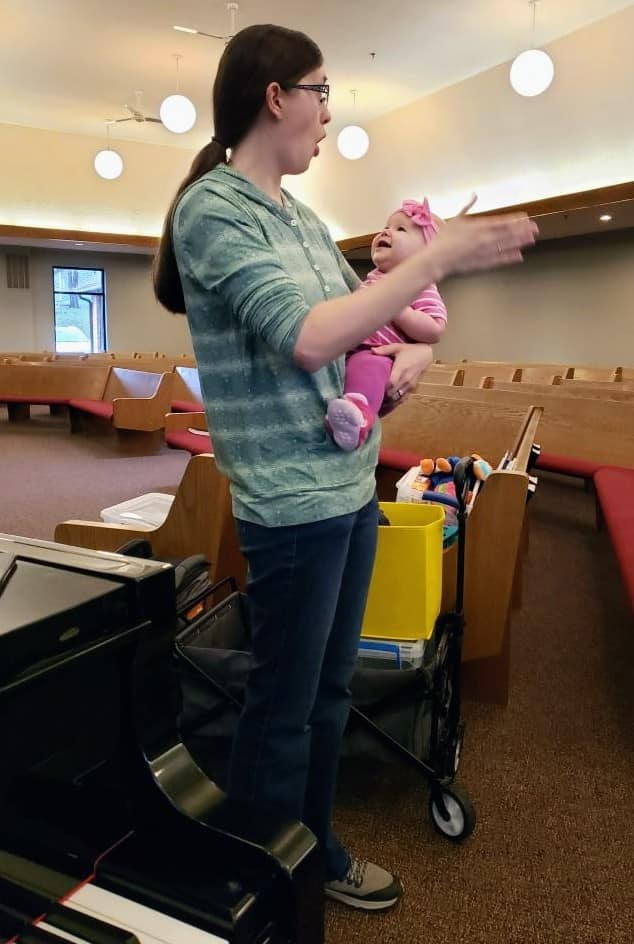
Every music teacher out there asks, 'How can I make extra income during the summer and/or during the school year?' We don't get paid enough, or maybe we're even bored during the summer not making any music (is this possible?!?). Or we just want to make some extra spending money to do fun things with the kids (raises hand -- I just went strawberry picking with my 8mo and it was a blast!).
But maybe you don't like teaching lessons or you don't want to deal with the schedules around vacations and hassle of that, etc...
So, here are 3 income streams (you can start today!) that are NOT teaching private lessons:
#1 Affiliate Marketing -- you can share about stuff that you like and use (teaching related or not!) with your friends and make income from it. Your friends aren't charged more for it; the companies who use affiliate marketing are spending their marketing budget on this instead of on billboards and ads because it WORKS. I learned how to do it well without feeling salesy from my business mentor, you can check out her course all about it here! And it doesn't take much time, you can work it around naptime or other busy schedules of life.
#2 Baby Music Classes! There are SO many moms out there who are looking for cheap & fun things to do with their littles, especially first time moms (haha, that was/is me!) who are looking to meet people. Find a park and teach a baby music class for moms and their littles! Need help with marketing? Happy to help, I've coached people through this process so they get more turn-out for their classes without having to go through community education and plan WAY in advance or charge a LOT because they have fees. Tip? As long as your parks don't have rules around renting space in the summer, you can just find a local park to teach your class and have a rain date if needed!
#3 Coaching/Consulting -- are you an expert in a certain topic (could be music or otherwise) that you could help people with? Maybe you have a hobby that you'd love to teach people how to do. You can walk them through that step by step with a coaching program (live or evergreen or a combo)! This is just a tiny sliver, tip-of-the-iceberg tip from the massive signature program that is HBR (Home Based Revolution), the multiple income stream course & coaching program by my own business mentor. Check it out here (& reach out for a massive discount code if you're interested!).
Considering becoming self-employed but you're a planner and want to look at how budgeting and the money side of things might look? I made a tips list that was stuff I wish I'd known before diving into the self-employed world, things I learned myself work best. Check it out here!

